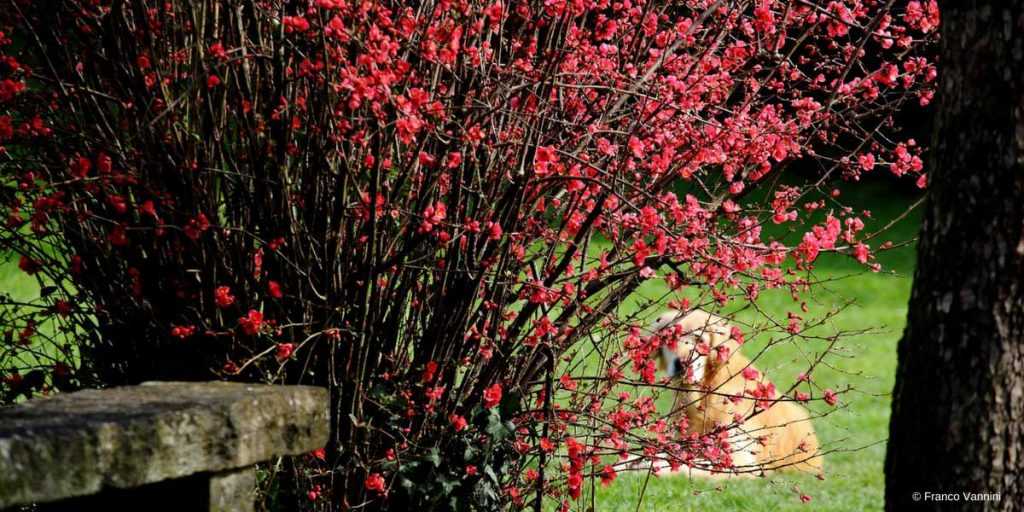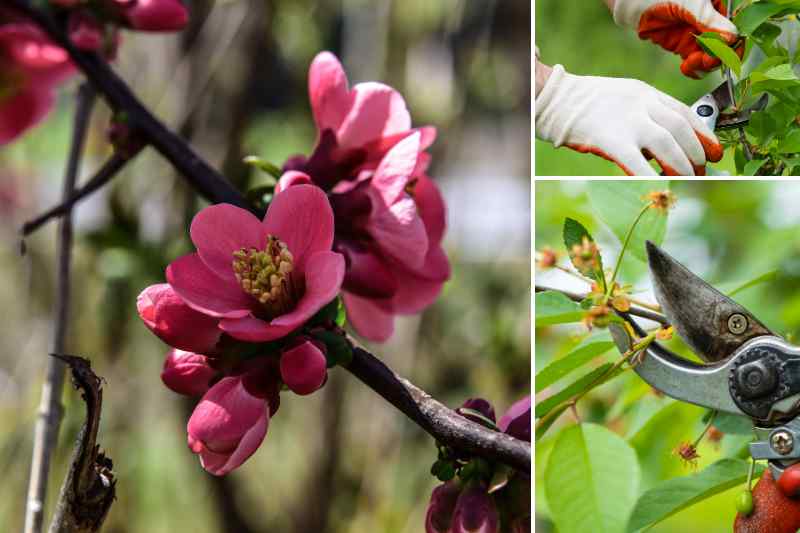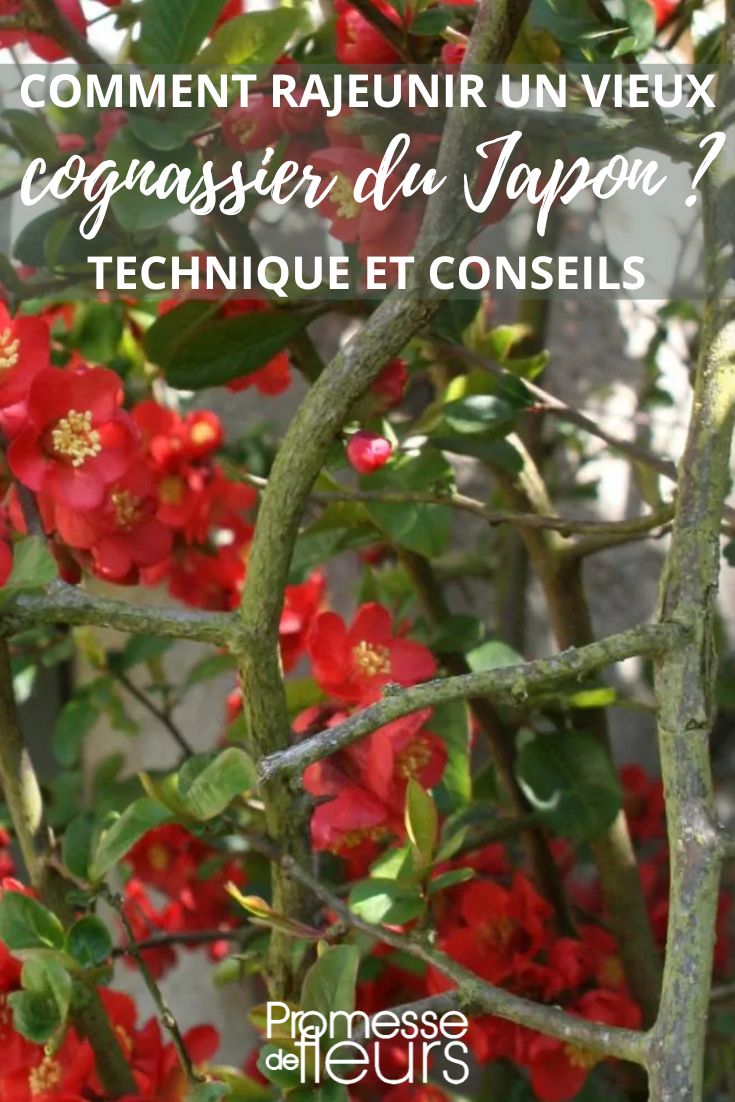Do you have an old Japanese quince that seems to have lost its splendour? Don’t panic! This hardy bush, renowned for its magnificent colourful flowers that brighten gardens from spring, can enjoy a new lease of life with a little attention and the right actions. In this how-to sheet, we explain everything you need to know to rejuvenate an old Japanese quince and enjoy its beauty again.
Japanese quince: a versatile, decorative bush
Japanese quince (Chaenomeles japonica, Chaenomeles speciosa and Chaenomeles superba) is a deciduous bush, valued for its striking flowers ranging from red to pink and white, which often appear from late winter. In addition to its ornamental qualities, it produces small edible yellow fruits (used for jelly or jam), though less flavoursome than those of the true quince (Cydonia oblonga). Very hardy, it adapts to a wide variety of soils and resists disease well.
It is an ideal plant for creating defensive hedges, structuring a border, or simply adding a splash of colour to the garden in spring. However, over time a Japanese quince can become untidy, produce fewer flowers and develop a degenerate habit. That’s when a good rejuvenation is needed!
For everything on Japanese quince or Chaenomeles, read our full fact sheet on the subject.

Why rejuvenate your Japanese quince?
Over years, an unmaintained Japanese quince can:
- Lose its shape and become overrun with dead or crossing branches.
- Produce fewer flowers, reducing its decorative appeal.
- Have disorderly growth that throws garden balance off.
- Develop aged or diseased branches that slow its growth.
Rejuvenation restores vigour and aesthetics to your bush while stimulating its flowering. It is a beneficial operation that prolongs lifespan and strengthens overall health.
When to rejuvenate the Japanese quince?
The best time to rejuvenate a Japanese quince is in late winter or early spring (February–March), before flowering begins and before growth resumes. At that time sap starts to circulate, allowing the bush to heal more quickly. Avoid working during frost periods to prevent weakening the plant.
If you were unable to intervene before flowering, wait until after flowering to avoid compromising flower display, usually in April.
Necessary equipment
- Pruning shear well sharpened: for small branches.
- Pruning saw and branch cutters: for thicker branches.
- Sturdy gardening gloves: the quince is a thorny bush, so protect your hands.
- Tool disinfectant: to avoid transmitting disease.
- Garden shredder (optional): to recycle cut branches.
Oli’s little tip: the quince’s thorns are formidable! Don’t neglect your safety.

How to rejuvenate an old Japanese quince?
Prepare the plant
- Clean the base of the bush by removing dead leaves and adventive plants.
- Identify dead, broken or poorly oriented branches.
Prune dead and damaged branches
- Remove all dead, dry or diseased branches by cutting back to their base. This will open the centre of the bush and improve air circulation.
Thin out the centre of the bush
- Remove branches that cross or grow inwards. This prevents the plant from suffocating itself and promotes better light distribution.
Shorten main branches
- Cut back the oldest branches (the thickest) to encourage vigorous new shoots. Cut to about 20 cm from the main trunk.
Encourage a new structure
- Maintain a harmonious balance by keeping a few well-positioned, vigorous branches. This will give your bush an attractive shape.
Apply light feeding
- After pruning, fork in well-rotted compost to help your quince regenerate.
Don’t forget! To prune a quince branch properly, use a clean, well-sharpened pruning shear and make a clean, sloping cut just above an outward-facing bud. This encourages healthy new growth and reduces disease risk.
Mistakes to avoid when rejuvenating
Not disinfecting tools: this can spread disease to your quince. Take time to disinfect tools before and after work.
Excessive or uneven pruning: cutting too many branches at once can weaken the bush. Proceed in stages if necessary, even over several years.
Working in the wrong season: severe pruning in summer or autumn can stress the plant and compromise next flowering. Moreover, pruning too late exposes the plant to frost risk on new shoots.
































Comments